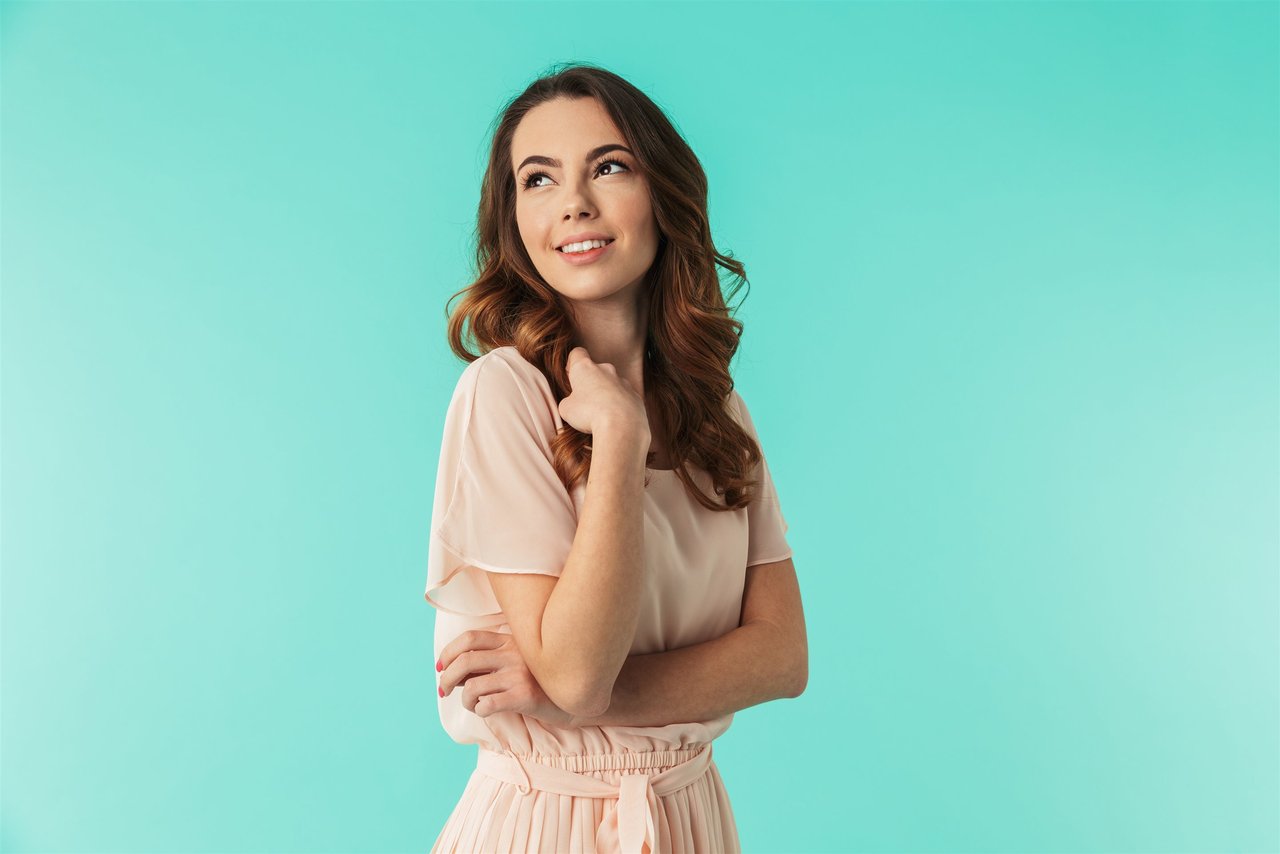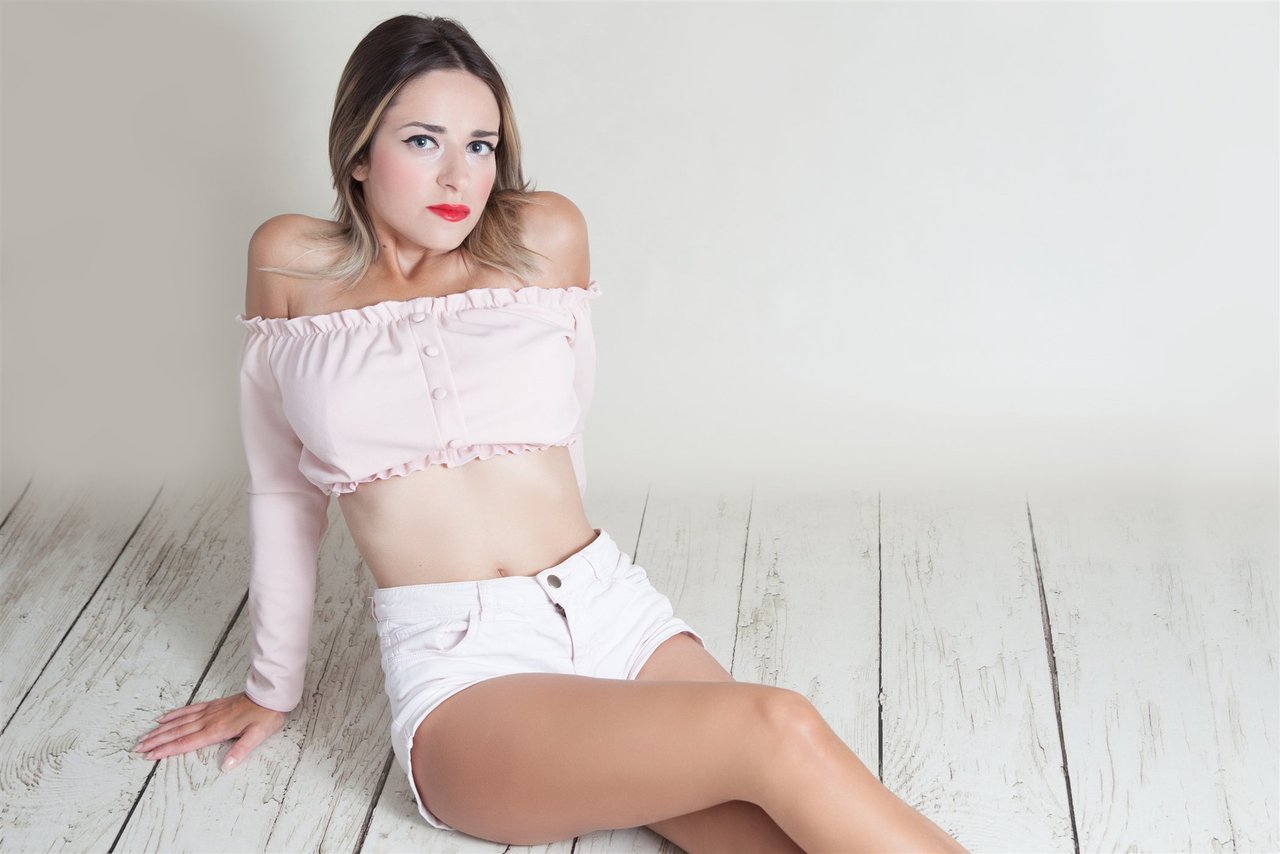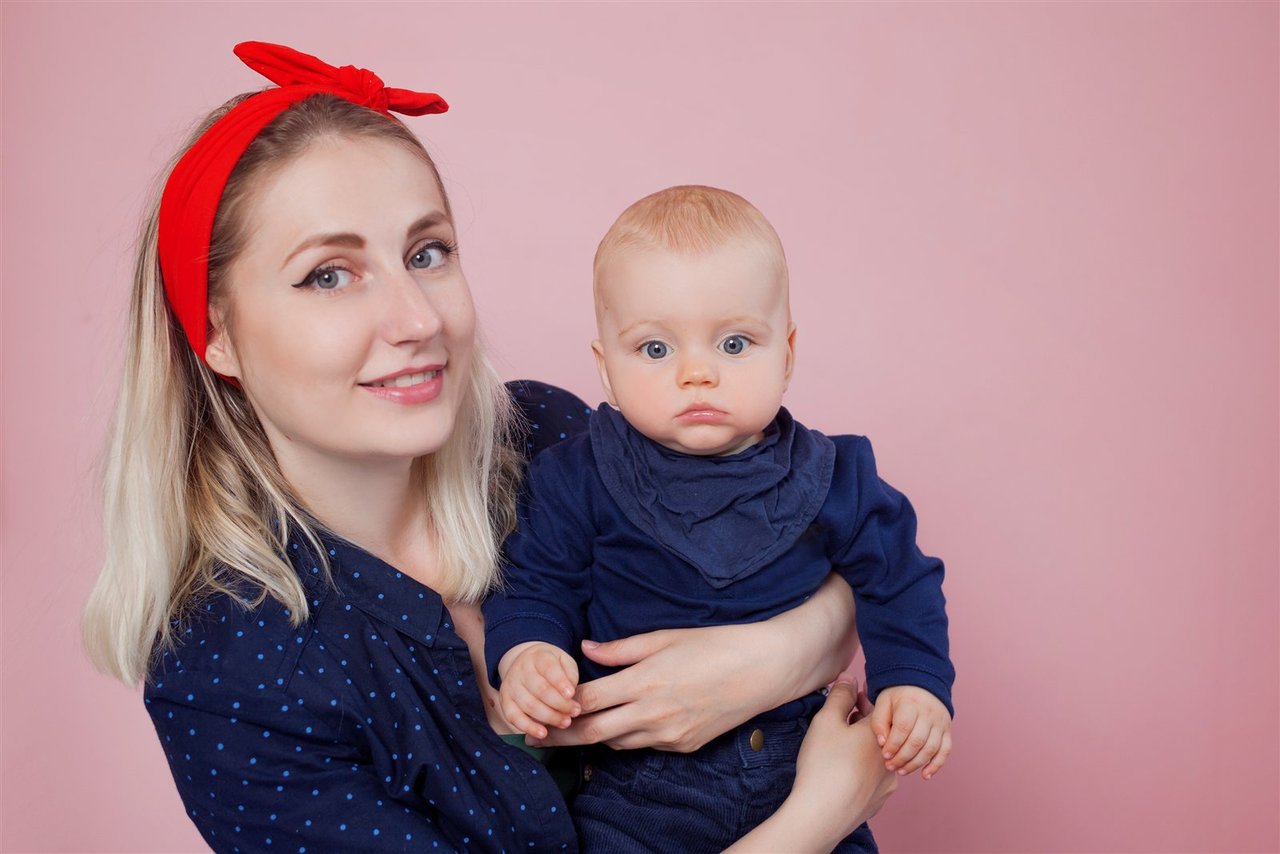Non-Binary Lesbians and the Power of Self-Defined Identity Today
If you pause for a second and ask what “non-binary lesbians” means, you’re not alone. Even in LGBTQIA+ circles, this identity can feel like a puzzle—gender, attraction, and the word “lesbian” aren’t just boxes to tick. Some people move through life knowing that ‘woman’ never fully fit, yet discover connection and love primarily through women or sapphic people. Terms like non-binary, genderqueer, demigirl, or agender help name a shape of life that doesn’t play by anyone else’s rules.
The lesbian label has always meant more than just biology or “female loving female.” It’s shorthand for deep, historic communities, and a way to express attraction and solidarity. For non-binary lesbians, the label stands for belonging—but on their terms. You’ll find as much diversity in their experiences as in the broader LGBTQIA+ world: some are butch, some femme, some both, some neither. Some use ‘she/they,’ ‘they/them,’ or other pronouns altogether. All are valid.
What binds these identities isn’t a checklist—it’s a shared way of moving through gender, loving, and being seen. The terminology adapts to the community, not the other way around. There’s debate, tension, and plenty of old ideas that insist everyone must fit into neat little boxes. But real life, like most non-binary lesbians, is more complicated and more beautiful. Language is just a tool to crack open those truths. Let’s start exploring what’s beyond the surface—to understand the lived realities, not just the labels.






